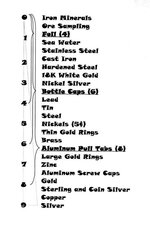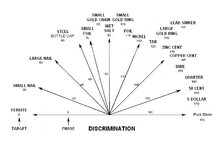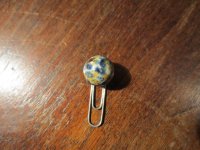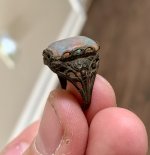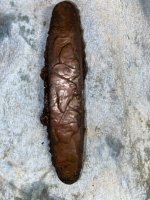haxor
Jr. Member
Awaiting my first MD (Ace350)
Is there a chart of where different metals fall? Sure the MDs have iron, gold and silver marked.
But I'm curious as to where brass, alum, lead, copper, bronze, platinum, etc. fall.
(and only for grins how does radioactive materials react to a MD?)
tia
Eddie
Is there a chart of where different metals fall? Sure the MDs have iron, gold and silver marked.
But I'm curious as to where brass, alum, lead, copper, bronze, platinum, etc. fall.
(and only for grins how does radioactive materials react to a MD?)
tia
Eddie
Upvote
0



